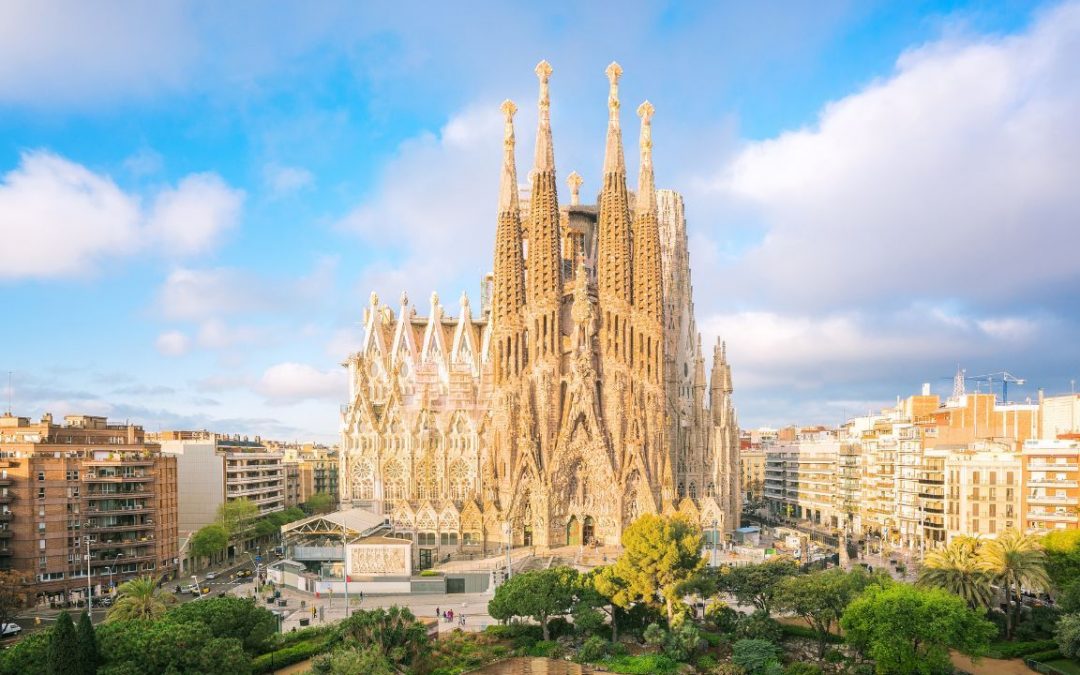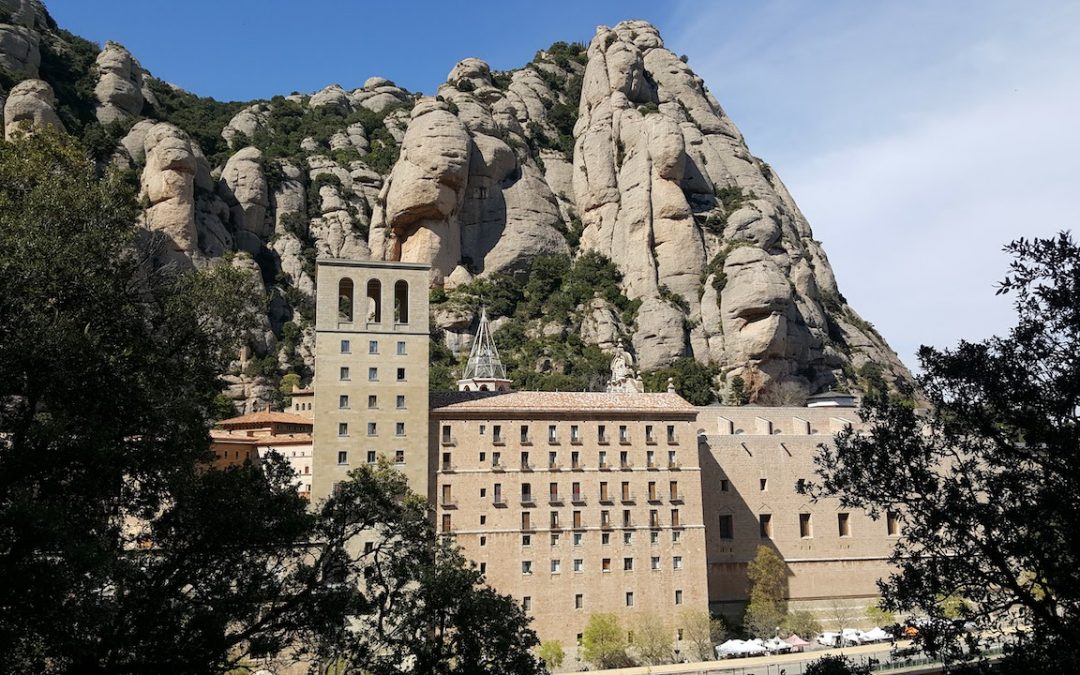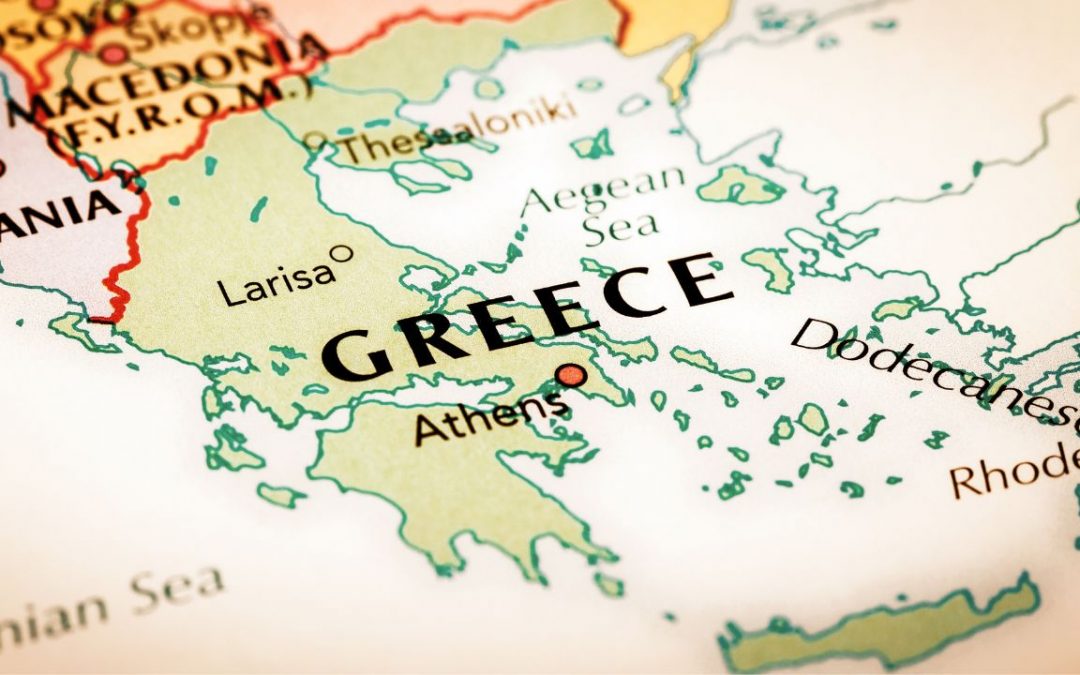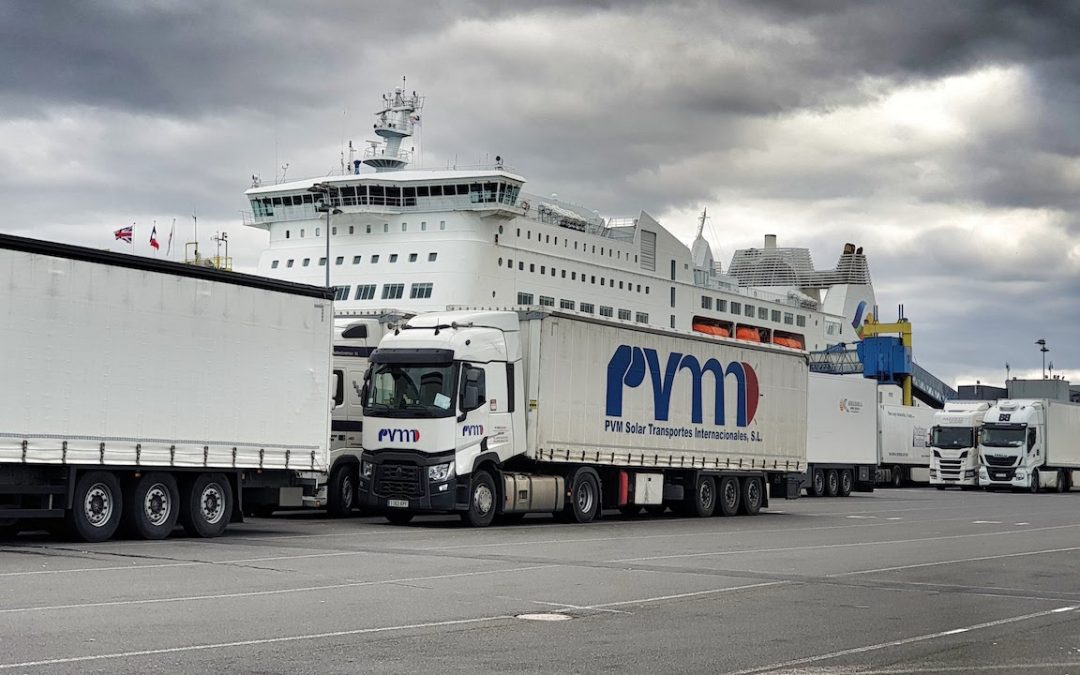
by Karen | Apr 5, 2017 | Spain, Travel
Having been to Barcelona before, I was interested to see how I would feel coming back into the city for a third visit. We had a friend to stay, so it offered a great chance to explore and see things with fresh eyes perhaps. What I learnt is that there is always...

by Karen | Apr 7, 2017 | Spain, Travel
Now don’t get me wrong, Barcelona is such a vibrant, engaging and enthralling city, that a weekend will more than do its streets and monuments justice. (Here is a Guide to a blister-free Barcelona trip.) Although there is always so much more to a city than just...

by Karen | Apr 11, 2017 | Greece, Italy, Travel
Sitting in Spain at the beginning of the year, we started contemplating the next chapter in our Motoroaming adventures – our Greek Odyssey. How best to get there? Did we go overland and take two weeks to get there with the investment of diesel, wear and tear...

by Karen | Feb 7, 2020 | Morocco, Travel
In this Travelling to Morocco by Motorhome post, we take an in-depth look at everything to do with bringing your motorhome to and touring around this fascinating north African country. We focus on what you need to do before you come and how to arrive smoothly in...

by Karen | Nov 20, 2019 | Italy, Spain, Travel Tips
The Age-old Conundrum – Road or Ferry? Europe’s shores are calling; adventure, culture and a rich tapestry of beautiful scenery awaits. And where better to explore than the delights of Spain and Italy. Whilst perhaps close in their language root, distance...






